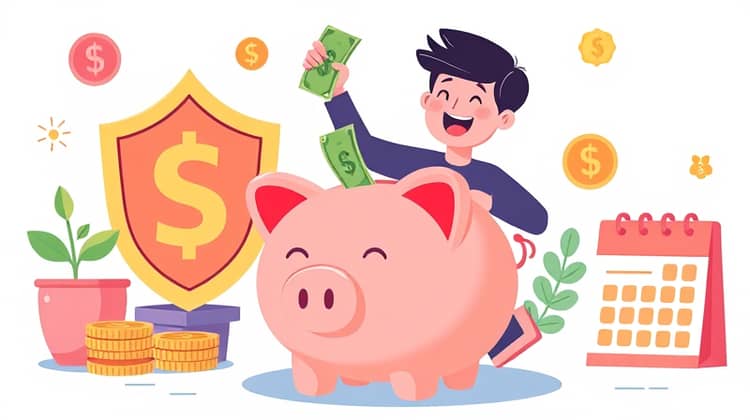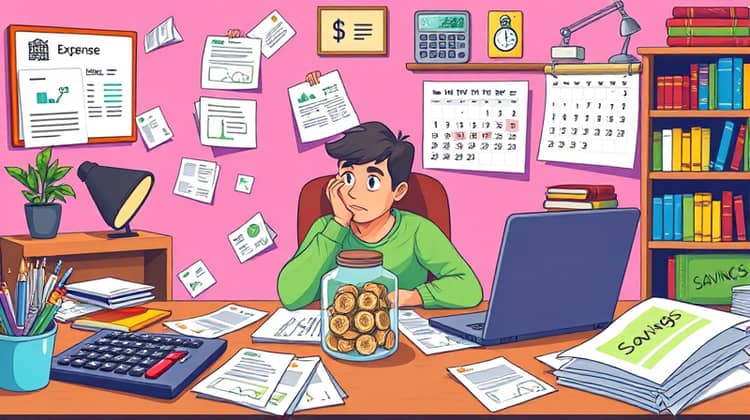In today's fast-paced world, managing personal finances effectively is more important than ever. Many people struggle to save money or invest for their future while dealing with daily expenses. One powerful approach to overcoming these challenges is the concept of 'paying yourself first.' This financial strategy emphasizes the importance of setting aside a portion of your income before paying bills or spending on other obligations.
By prioritizing your savings and investments, you build a safety net that helps you achieve your long-term financial goals. This practice fosters discipline, encourages responsible spending, and ultimately leads to increased financial security. Paying yourself first empowers individuals to take control of their financial destiny and work toward a brighter future.
In this article, we will explore the significance of paying yourself first, the methods to implement it in your financial plan, and the long-term benefits that come with making it a priority in your life. Whether you're a seasoned saver or just starting your financial journey, understanding this concept can lead you to greater financial freedom.
1. Understanding the Concept

At its core, paying yourself first is a simple yet effective financial strategy that encourages individuals to allocate a predetermined portion of their income to savings and investments before addressing other expenses. This means, as soon as you receive your paycheck, you set aside a specific amount for yourself—whether it be for savings, retirement accounts, or other investments—before spending on bills, groceries, or discretionary items.
This approach flips the traditional method of budgeting on its head, where individuals often allocate funds to expenses and save whatever remains. Paying yourself first ensures that your financial goals are prioritized rather than being an afterthought. Ultimately, this technique cultivates a savings habit and leads to a more secure financial future.
In essence, paying yourself first embodies the principle that your financial well-being should come before consumption. It empowers you to view savings as an essential expense rather than a leftover from your income. This mindset shift is crucial for achieving financial stability and long-term wealth accumulation.
2. Why Paying Yourself First Matters

The practice of paying yourself first holds significant importance in personal finance for several reasons. Firstly, it encourages individuals to take an active role in their financial future and fosters a proactive savings mentality, which is essential in today's economic environment.
- Establishes a savings habit: Regularly setting aside money creates a routine that reinforces the importance of saving.
- Reduces the temptation to overspend: By prioritizing savings, individuals are less likely to spend frivolously on non-essential expenses.
- Builds financial security: Having savings and investments provides a safety net that can cushion against unexpected financial challenges.
In essence, when you make paying yourself first a priority, you set the foundation for a more secure and financially stable future. This practice not only benefits your immediate financial situation but also pays dividends in the long run.
3. How to Pay Yourself First

Implementing a 'pay yourself first' strategy can be straightforward with a few practical steps. The key is to automate the process as much as possible to ensure consistency.
- Determine a percentage or fixed amount of your income to save.
- Set up automatic transfers from your checking account to your savings or investment accounts as soon as you receive your paycheck.
- Review and adjust your savings goals regularly to stay aligned with your financial aspirations.
By establishing these habits, you can ensure that your savings grow consistently and that you're actively investing in your future.
4. Overcoming Common Challenges

While the benefits of paying yourself first are clear, individuals often face challenges in executing this strategy. Common roadblocks include managing unexpected expenses, adjusting to a tighter budget, or feeling overwhelmed by financial obligations.
- Identify and cut unnecessary expenses to free up money for savings.
- Be flexible with your savings goals and allow for adjustments based on your financial situation.
- Seek support from financial advisors or personal finance resources to gain insight and strategies.
By addressing these challenges head-on, you can make paying yourself first a sustainable and integral part of your financial routine.
5. The Long-Term Benefits

The long-term advantages of paying yourself first extend far beyond the immediate financial gains. As you build your savings and investment portfolio, you cultivate a secure financial future that can afford opportunities for growth and prosperity.
Consistent savings over time can lead to significant wealth accumulation, providing financial security during retirement and freeing you from debt burdens.
- Increased emergency fund for unexpected expenses.
- The ability to invest in opportunities that arise, such as real estate or stock market investments.
- Greater financial peace of mind, knowing you have a safety net.
Embracing the pay yourself first strategy enhances your overall financial resilience and helps to create a brighter future filled with possibilities.
6. Final Thoughts

In conclusion, paying yourself first is more than just a budgeting technique; it is a transformative mindset that can shape your entire approach to money. By making a conscious effort to prioritize savings and investments, you can take control of your financial narrative and work toward a secure future.
This strategy invites individuals to consciously reflect on their spending habits and emphasizes the importance of long-term financial goals over immediate gratification.
As you embark on this journey, remember that consistency is key. Start small, and gradually increase your savings as you become more comfortable with your budget.














